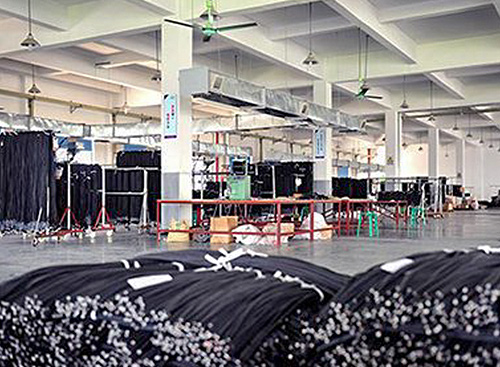1. Copper and aluminum monofilament drawing Commonly us […]
1. Copper and aluminum monofilament drawing
Commonly used copper and aluminum rods for wires and cables, at room temperature, use a wire drawing machine to pass through one or several stretch die holes to reduce the cross section, increase the length and increase the strength. Wire drawing is the first process of various wire and cable companies, and the main process parameter of wire drawing is die matching technology.
2. Monofilament annealing
Copper and aluminum monofilaments are heated to a certain temperature to recrystallize the toughness of the monofilament and reduce the strength of the monofilament to meet the requirements of the wire and cable for the conductive core. The key to the annealing process is to prevent the oxidation of the copper wire.
3. Stranding of conductors
In order to improve the flexibility of the wire and cable and facilitate the laying and installation, the conductive core is made of multiple monofilaments twisted. From the stranding form of the conductive core, it can be divided into regular stranding and irregular stranding. Irregular stranding is divided into bundle stranding, concentric twisting, special stranding and so on.
In order to reduce the occupied area of the wire and reduce the geometric size of the cable, the compacted form is adopted while the conductor is twisted, so that the ordinary circle is transformed into a semicircle, a sector, a tile shape and a compacted circle. This type of conductor is mainly used in power cables.

4. Insulation extrusion
Plastic wire and cable mainly use extruded solid insulation layer, which is the main technical requirement for plastic insulation extrusion.
5. Cable formation
For a multi-core cable, in order to ensure the degree of forming and reduce the shape of the cable, it is generally necessary to twist it into a circle. The stranding mechanism is similar to that of conductor stranding. Because the stranding pitch diameter is large, most of them adopt the non-back-twisting method. Technical requirements for cable formation: First, prevent twisting of the cable caused by the overturning of the special-shaped insulated core; second, prevent the insulation layer from being scratched.
Most of the cables are completed with the completion of the other two processes at the same time: one is filling to ensure the roundness and stability of the cable after the cable is formed; the other is binding to ensure that the cable core is not loose.
6. Inner protective layer
In order to protect the insulated core from being damaged by the armor, the insulation layer needs to be properly protected. The inner protective layer is divided into: extruded inner protective layer (isolation sleeve) and wrapped inner protective layer (cushion layer). The wrapping cushion layer replaces the binding tape and the cable forming process is performed simultaneously.
7, armor
For cables laid underground, they may be subjected to certain positive pressure during work, and an inner steel tape armored structure can be selected. For cable laying in occasions with both positive pressure and tension (such as in water, vertical shafts or soil with large drops), the structure type with inner steel wire armor should be selected.
8. Outer sheath
The outer sheath is the structural part that protects the insulating layer of the wire and cable from environmental factors. The main function of the outer sheath is to improve the mechanical strength of the wire and cable, prevent chemical corrosion, moisture, waterproof, and prevent the cable from burning. According to the different requirements of the cable, the plastic sheath is directly extruded by the extruder.